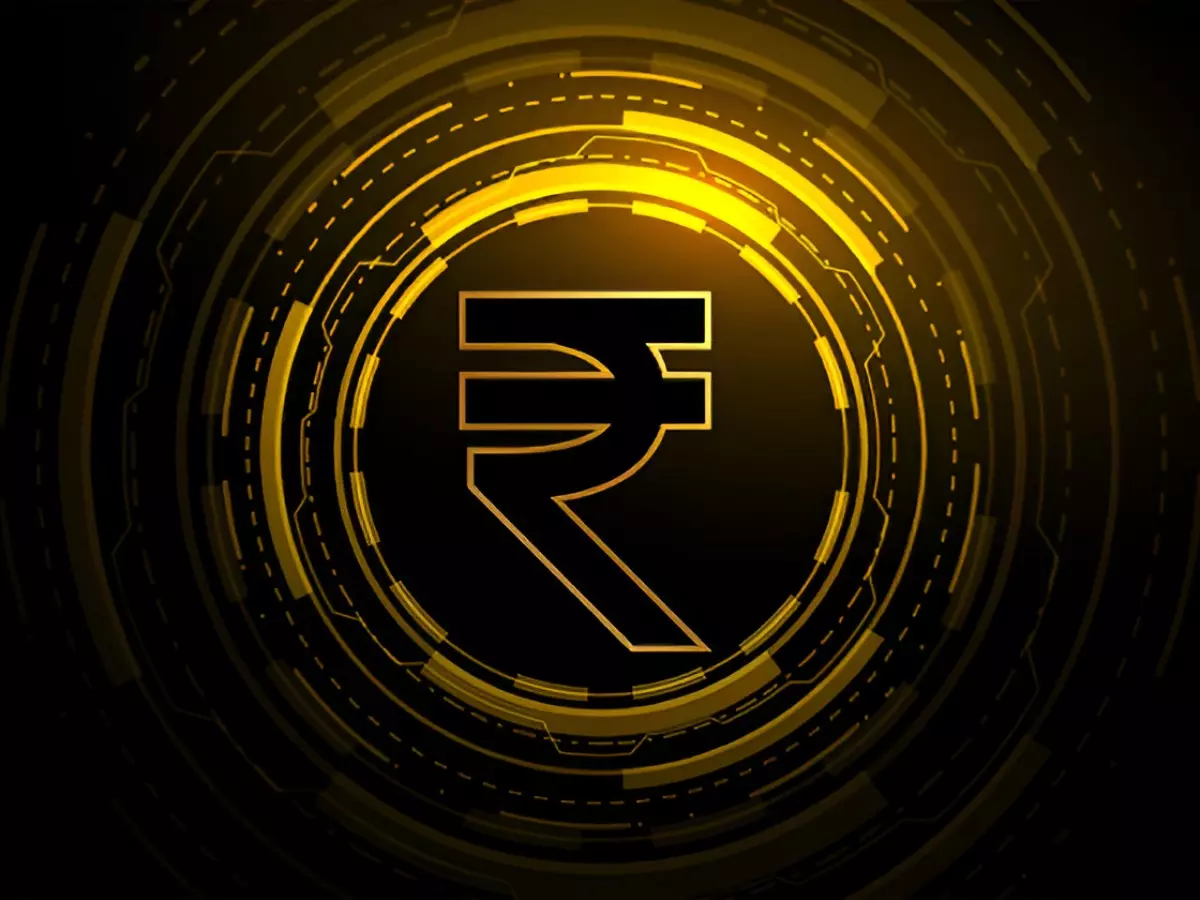RBI will no longer print these three notes - Here¡¯s why
The Reserve Bank of India (RBI) will no longer print Rs 2, Rs 5, and Rs 2000 notes, as revealed in its latest annual report. Rs 500 notes now dominate circulation, while digital currency and coin usage continue to grow.

RBI latest update: The Reserve Bank of India (RBI) recently released its annual report, sharing many updates about banknotes, coins, and digital currency. One of the most striking revelations is that the RBI will stop printing these notes - Rs 2, Rs 5, and Rs 2000, as perCNBCTV 18 Hindi report. Let¡¯s break down what this means in simple words and understand the current state of Indian currency.
Rs 2000 notes are almost out of circulation
The RBI started removing Rs 2000 notes from circulation in 2023. According to the latest report, by March 2025, 98.2% of the total Rs 3.56 lakh crore worth of these notes had already been returned to banks. This means only a small number of Rs 2000 notes are still out there, and soon, they¡¯ll completely disappear from the market.
Rs 500 note dominates the market
The Rs 500 note has now become the most commonly used currency note in India. It makes up 40.9% of the total number of notes in circulation. In terms of value, it holds a massive 86% share of the total money floating in the market.
RBI stops printing of Rs 2, Rs 5, and Rs 2000 notes
Here¡¯s the big update: the RBI has announced to stop printing these notes ¨C Rs 2, Rs 5, and Rs 2000. This means the central bank will no longer print new notes in these denominations. If you still have them, you can use them, but don¡¯t expect fresh notes of this type in the future.
Coins see a steady rise
The volume of coins in India grew by 3.6%, while their total value increased by 9.6% in FY25. Rs 1, Rs 2, and Rs 5 coins remain the most used coins, together making up 81.6% of all coins in circulation.
RBI Digital Currency (e?) grows rapidly
The RBI¡¯s digital currency, called e?, saw impressive growth this year. Its total value increased by 334%, reaching Rs 1,016.5 crore. Among all digital denominations, the digital Rs 500 had the highest share at 84.4%.
Counterfeit note trends
The good news is that the number of fake Rs 10, Rs 20, and Rs 2000 notes has dropped. However, there has been a rise in counterfeit Rs 200 and Rs 500 notes. The RBI continues to take strict action to address this issue.
Printing notes has become more expensive
Printing money isn¡¯t cheap. The RBI spent Rs 6,372.8 crore on note printing in FY25. This is more than what was spent the previous year, showing the growing cost of maintaining paper currency.
Eco-Friendly disposal of old notes
The RBI has found an eco-friendly way to get rid of old and damaged notes. These notes are now being recycled to make particleboard furniture and interior materials, reducing waste and supporting sustainability.
RBI's new ¡®Sa-Mudra¡¯ project to modernise currency
To make currency management smarter, the RBI launched a new project called ¡®Sa-Mudra¡¯. This project focuses on the automation and digitisation of sorting, counting, and tracking notes, making the entire process faster and more accurate.
Other key highlights from the RBI annual report
- The RBI is promoting the ¡®MANI App¡¯ to help visually impaired people identify currency notes.
- Old and soiled notes disposal increased by 12.3%, with 2.38 lakh notes destroyed in FY25.
- New rules for Note Sorting Machines (NSM) will come into effect from 1 November 2025, allowing only BIS-certified machines.
- Small coins are being made more accessible through Mobile Coin Vans (MCVs) and Coin Melas.
The RBI¡¯s decision to stop printing Rs 2, Rs 5, and Rs 2000 notes marks a major shift in India¡¯s currency system. While Rs 500 notes and coins remain in high demand, digital currency is also rising rapidly. With modern projects like ¡®Sa-Mudra¡¯ and increased focus on eco-friendly practices, the RBI is reshaping how we use and manage money.
So the next time you open your wallet, don¡¯t be surprised if you don¡¯t see these three notes again - because the RBI will no longer print them.
For the latest and more interesting financial news, keep reading Indiatimes Worth. Click here.
